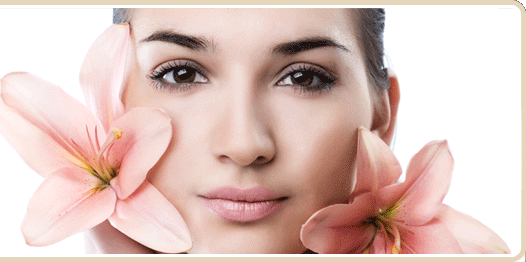Botox
Introduction
Botox® has been a cornerstone of facial and body rejuvenation for decades, consistently ranked as one of the top five cosmetic procedures worldwide. It is most commonly used to reduce wrinkles caused by facial muscles; however, it also is used successfully to help facial and body contouring as well as reduction of excess perspiration.
Dr. Liu is a recognized expert in Botox treatment techniques, training other physicians through the Allergan Facial Aesthetic Training Programs and P.A.L.E.T.T.E. Live Injection Training Programs for advanced techniques. He believes in detailed analysis of each patient's anatomy to minimize the amount of Botox used while maximizing natural results.
What is Botox®?
Botox® is purified protein produced by Clostridium botulinum bacterium, which reduces the activity of the muscles chemically by blocking nerve signals to the muscle. The purified protein is dissolved in sterile solution, and then injected into the specific locations to achieve the desired effects.
History of Botox
Botox® was initially FDA approved in 1989 for blepharospasm (uncontrolled eyelid twitching) and strabismus (cross-eyed). In 2002, Botox was approved by the FDA for cosmetic use of wrinkle reduction for muscles between the eyebrows (frown lines). In 2004, Botox was approved by the FDA to reduce excess sweating in the underarms and most recently for wrinkles around the eyes (crow's feet) in Fall of 2013. Many other cosmetic uses of Botox® have been demonstrated over the last several years. Botox has been used safely in cosmetics for more than 30 years now.
 |
Left: Forehead wrinkles
Right: After Botox |
*actual patient case of Dr. Liu©
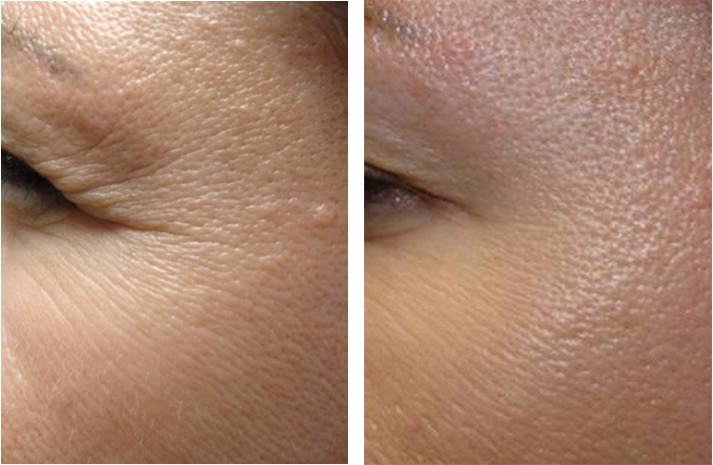 |
Left: Drooping Eyelid and Crow's Feet Wrinkles
Right: After Botox |
*actual patient case of Dr. Liu©
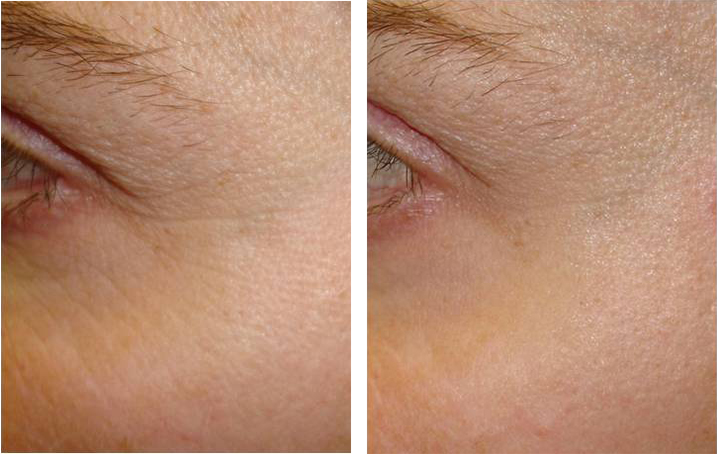 |
Left: Crow's Feet
Right: After Botox |
*actual patient case of Dr. Liu©
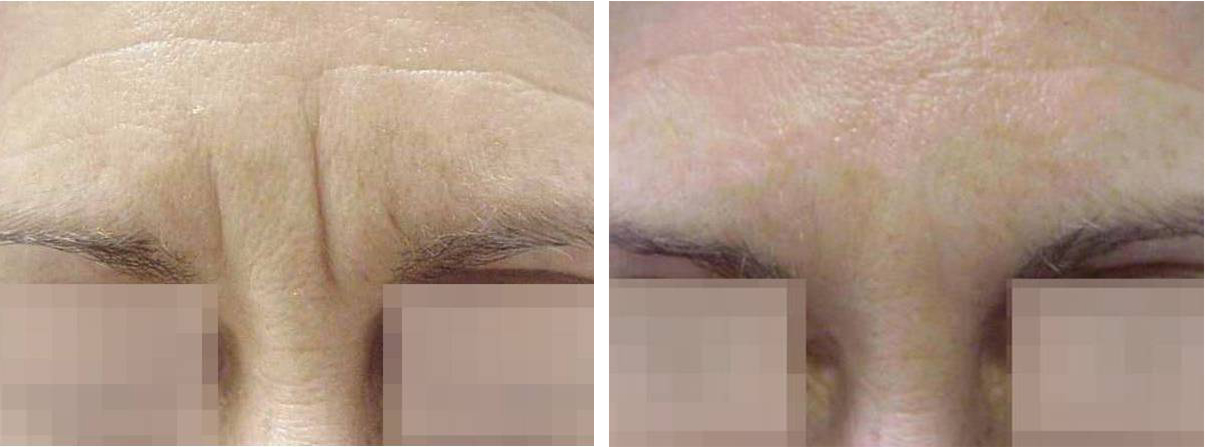 |
Left: Deep Frown Lines
Right: After Botox and Radiesse combination treatment |
*actual patient case of Dr. Liu©
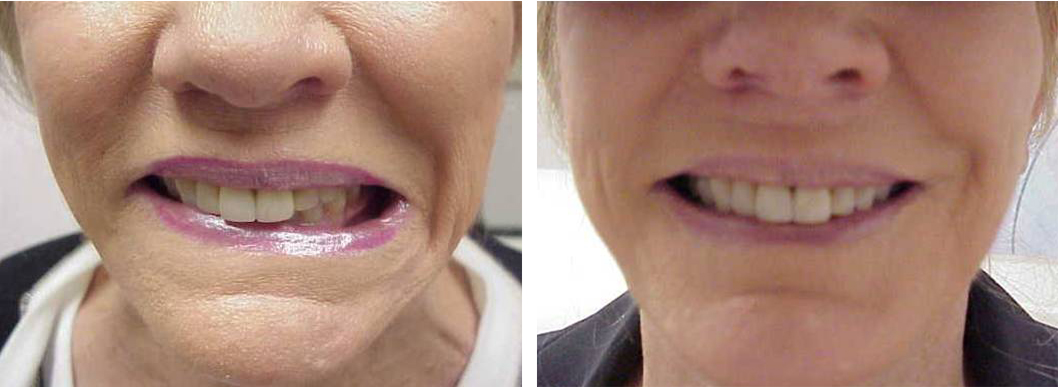 |
Left: -Nerve injury from facelift complication causing asymmetrical smile
Right: Botox used to restore symmetrical smile |
*actual patient case of Dr. Liu©
How is Botox useful?
The medical literature estimates over 100 different uses of their product. Dr. Liu most commonly uses Botox to relax the muscles of the upper face. More advanced techniques he performs include injections into muscles of the lower face, neck, chest, and even the calves for subtle body contouring. Below is a partial list of how Dr. Liu uses Botox to treat a wide variety of conditions:
Wrinkle Reduction
- Frown lines (glabella)
- Crow’s feet
- Forehead lines
- Lip lines (smoker’s lines)
- Downward turning mouth (marionette lines)
- Gummy smile
- Bunny lines of the nose
- Rippled, cobblestoned chin
- Turkey neck
- Décolletage (crêpe chest skin)
Facial & Body Contouring
- Reduce square jaw face to heart-shape face
- Relieve teeth grinding (bruxism)
- Reduce thick calves
- Lift drooping eyebrows
- Reduce flaring nostrils
- Correct asymmetrical smiles
Reduce Sweating
How will I look after? Will I appear "fake" or "frozen"?
Dr. Liu's believes in a minimalist approach when delivering Botox treatments. His treatment goal is appreciable reduction of wrinkle lines with retention of natural movement of the face.
What should I do before treatment?
Before treatment, Dr. Liu and his staff will ask you about your medical history, including allergies and which medicines you take. If you are taking blood thinners, review with your provider if it’s safe to discontinue prior to Botox treatment to reduce the risk of bruising. Botox treatment is contraindicated with some conditions, including but not limited to:
- Pregnancy
- Myasthenia gravis
- Aminoglycoside antibiotics
- Penicillamine medicine
Does Botox hurt?
A very fine needle is used and the procedure is well tolerated, often not requiring any anesthetic.
What is the recovery time?
The majority of patients have no down time. Occasionally, a bruise may develop, which resolves in a few days. If you take a blood thinner medication, ask your doctor if it can be discontinued prior to Botox treatment, to minimize the risk of bruising.
How soon will I see results?
Botox onset is usually 4 to 7 days after treatment with maximum benefits seen around 2 weeks. If any adjustment or “touch-ups” are necessary, it is best to wait about 2 weeks after the treatment when the full effect can be seen.
How long does it last?
The improvement generally lasts 3 months; the effect gradually fades as muscle activity returns. With continued treatment, patients often note longer-lasting results.
Are there any side effects?
Side effects are uncommon and usually minor and temporary. You may experience soreness or bruising at the injection site. Occasionally, people experience a temporary headache, especially when the frown or forehead areas are treated. In rare instances, patients may develop weakness of the neighboring muscles leading to a temporary droopy brow or eyelid. All of these possible effects are mild, reversible, and self-limiting.
Is Botox safe?
Recent news has noted severe side effects and/or deaths related to Botox therapy. These reports have not been linked to cosmetic use of Botox with proper technique and the use of FDA-approved Botox. Dr. Liu is a long-time member of the American Society for Dermatologic Surgery, which issued the following statement regarding Botox:
- Botox® Cosmetic has been FDA-approved and in continuous use since 1989 with rare reports of adverse effects, most of which were minimal and transitory.
- In 2005, almost 575,000 Botox® injections were performed by ASDS members with no reports of deaths or other major complications.
- The patient whose death was linked to Botox® by Public Citizen did not have any symptoms of an adverse reaction after injection. Her death was from infectious pneumonia, seven weeks after the injection, and was not causal.
- Dermatologic surgeons are aware of the potential of side effects of Botox® and thoroughly inform patients of them when administering the drug.
- The ASDS and dermatologic surgeons are not aware of any deaths that have occurred as a direct result of the use of Botox® throughout the history of the product's cosmetic use.
- Many of the people who receive Botox® for non-cosmetic reasons have underlying health issues and co-morbidities that may also contribute to the adverse effects that were reported.
- The AERS database is intended to encourage physicians to report any drug reaction. A report of an event does not by itself mean that the drug caused the event; just that the event occurred after the drug was administered.
|







